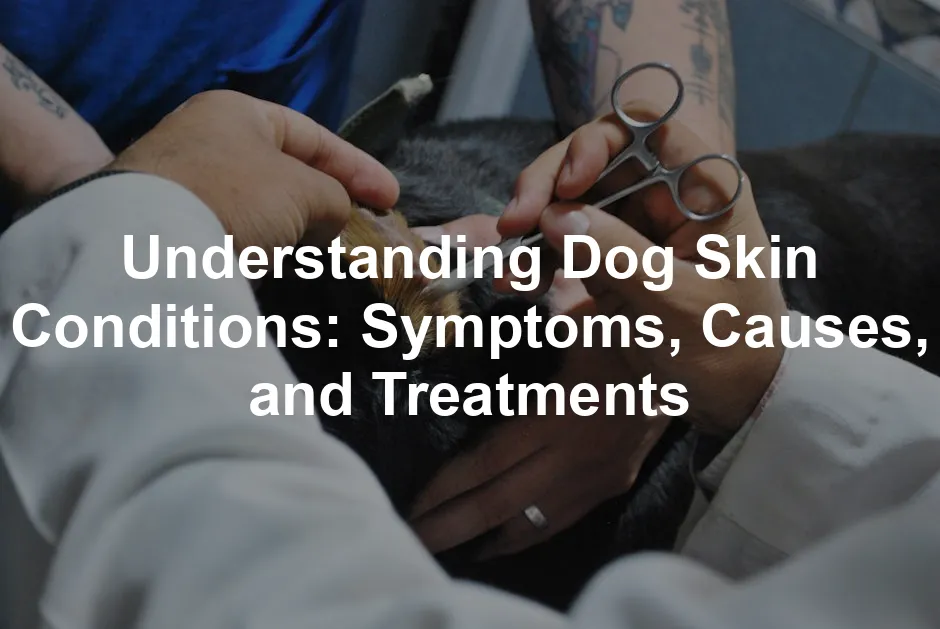Introduction
Dog skin conditions are common and can affect any breed. Recognizing symptoms early is crucial for your pet’s health. Prompt veterinary care can prevent minor issues from escalating into serious problems.Summary and Overview
Dog skin conditions can significantly impact a pet’s quality of life. They often cause discomfort, leading to excessive scratching or licking. Common causes include allergies, parasites, infections, and hormonal imbalances. Symptoms vary widely, ranging from redness and itching to hair loss and odor. If left untreated, these conditions can lead to severe complications, such as secondary infections. Understanding these issues is essential for dog owners to ensure timely care.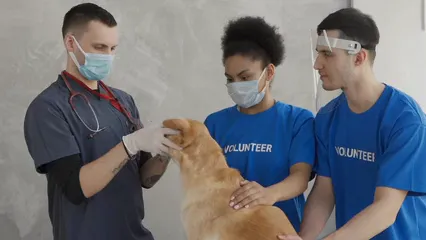
Speaking of care, using the right products can make all the difference! One fantastic choice for those looking to improve their dog’s coat health is Zesty Paws Omega 3 Fish Oil for Dogs. This delicious supplement supports skin and coat health while also promoting overall wellness. Your furry friend will thank you for it!
Common Symptoms of Dog Skin Conditions
Key Symptoms to Watch For
When it comes to dog skin conditions, several symptoms signal a problem. Itching is the most noticeable sign. If your dog is scratching frequently, it may indicate irritation or infection. Redness and inflammation can also occur, often accompanying itching. Hair loss is another common symptom, which may present as bald patches or thinning fur. You may observe flaky or scaly skin, which could signal dryness or dermatitis. Hot spots are localized areas of inflammation that may ooze or bleed. Dogs might also develop a foul odor, indicating a potential infection. Keep an eye out for changes in your dog’s behavior. Excessive licking or chewing can worsen the condition, leading to more severe skin damage. Monitoring these symptoms closely can help you seek timely veterinary intervention, ensuring your furry friend stays healthy and comfortable.
If you notice your pup scratching excessively, consider using Vet’s Best Hot Spot Itch Relief Spray. This soothing spray is perfect for alleviating itchy skin and providing quick relief, helping your dog feel more comfortable without the constant scratching.
Types of Dog Skin Conditions
1. Allergies
Allergies are a leading cause of skin issues in dogs. They can arise from environmental factors, food, or fleas. Environmental allergies often come from pollen, dust mites, or mold. Food allergies might involve proteins like chicken or beef. Flea allergies, on the other hand, lead to intense itching and irritation. Symptoms include excessive scratching, redness, and hair loss. You may also notice hot spots or skin infections due to constant scratching. Diagnosis typically involves a veterinary examination and possibly allergy testing. Treatment varies based on the cause. For fleas, effective flea control is essential. Environmental allergies may require antihistamines or corticosteroids. Food allergies often necessitate an elimination diet to identify triggers. Regular baths with soothing shampoos can also help manage symptoms.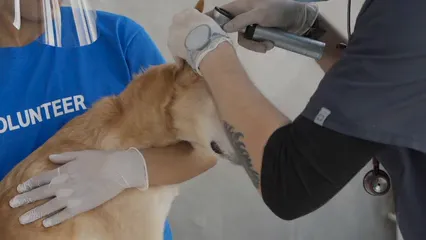
For a great bath-time option, check out Earthbath All Natural Pet Shampoo. This gentle shampoo is perfect for keeping your dog clean while soothing their skin, making bath time a breeze!
Understanding how to recognize and treat common skin allergies can greatly help in managing your dog’s health. How to recognize and treat common skin allergies in dogs
2. Parasites
Parasites like fleas, ticks, and mites can wreak havoc on your dog’s skin health. Fleas cause itching and can lead to flea allergy dermatitis. Ticks can transmit diseases and also cause irritation. Mites, such as those causing mange, lead to hair loss and severe itching. To prevent these pesky parasites, regular use of flea and tick prevention products is crucial. Keep your dog’s environment clean and vacuum frequently to eliminate any remaining pests. If your dog contracts parasites, treatments include topical solutions, oral medications, and medicated shampoos to relieve symptoms and kill the parasites. Always consult your vet for the best preventative measures and treatments.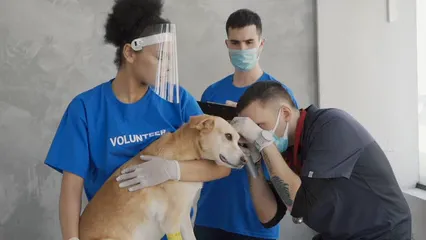
For effective flea control, consider the PetSafe Elite Little Dog Remote Trainer. This handy tool not only helps with training but can also assist in correcting unwanted behaviors related to scratching and itching caused by fleas.
3. Bacterial Infections
Bacterial infections often develop when normal skin bacteria overgrow, particularly in areas of irritation. Signs of bacterial skin infections include red patches, pustules, and foul odors. Dogs may also exhibit excessive licking or scratching in affected areas. Treatment typically involves antibiotics to eliminate the infection. Medicated shampoos can help by cleansing the skin and reducing bacteria. To prevent future infections, maintain your dog’s skin health through proper grooming and regular vet check-ups. Pay attention to any underlying issues that may predispose your dog to infections, such as allergies or injuries.
If your dog has a bacterial infection, consider using Pet MD Antibacterial and Antifungal Medicated Spray. This spray is designed to soothe irritated skin and help fight off infections, giving your dog a much-needed relief!
4. Fungal Infections
Fungal infections like ringworm and yeast infections are common in dogs. Ringworm presents as circular, scaly patches of hair loss and can be contagious. Yeast infections typically occur in warm, moist areas and result in greasy skin and a strong odor. Diagnosis for these infections often involves skin scrapings or culture tests. Treatment options vary by infection type. Ringworm may require antifungal medication and topical treatments. For yeast infections, antifungal creams and medicated shampoos can be beneficial. Regular grooming and keeping your dog’s environment clean are essential for prevention, as is monitoring any skin changes.
5. Hot Spots
Hot spots, also known as acute moist dermatitis, are painful, inflamed areas on your dog’s skin. They often arise from constant licking, scratching, or biting. Allergies, insect bites, or skin irritations typically trigger these behaviors, resulting in localized inflammation. If you notice a red, swollen area that oozes, it might be a hot spot. Treating hot spots involves cleaning the affected area with a mild antiseptic. You may need to shave the surrounding fur to keep it dry and promote healing. Your vet might prescribe topical antibiotics or anti-itch medications to reduce irritation. To prevent hot spots, ensure your dog stays dry, groomed, and free of parasites. Regular vet check-ups can also help identify underlying issues before they escalate.
For effective treatment of hot spots, try Vet’s Best Hot Spot Antiseptic Spray. It’s designed to relieve pain and itching while promoting healing, so your dog can get back to their playful self quickly!
Understanding how to treat hot spots on dogs is essential for their comfort and health. hot spots on dogs
6. Dry Skin
Dry skin in dogs can stem from several factors, including environmental conditions or poor nutrition. Symptoms often include flakiness, itching, and redness. Seasonal changes, low humidity, or too frequent baths can worsen the condition. Dogs may also show signs of discomfort, such as excessive scratching or licking. To prevent and treat dry skin, consider using moisturizing shampoos specifically designed for dogs. Limit baths to avoid stripping natural oils from their coat. Incorporating omega-3 fatty acids into their diet can also help improve skin hydration. Always ensure your dog has access to fresh water and a balanced diet rich in essential nutrients. If dry skin persists, consult your veterinarian for further evaluation and treatment options.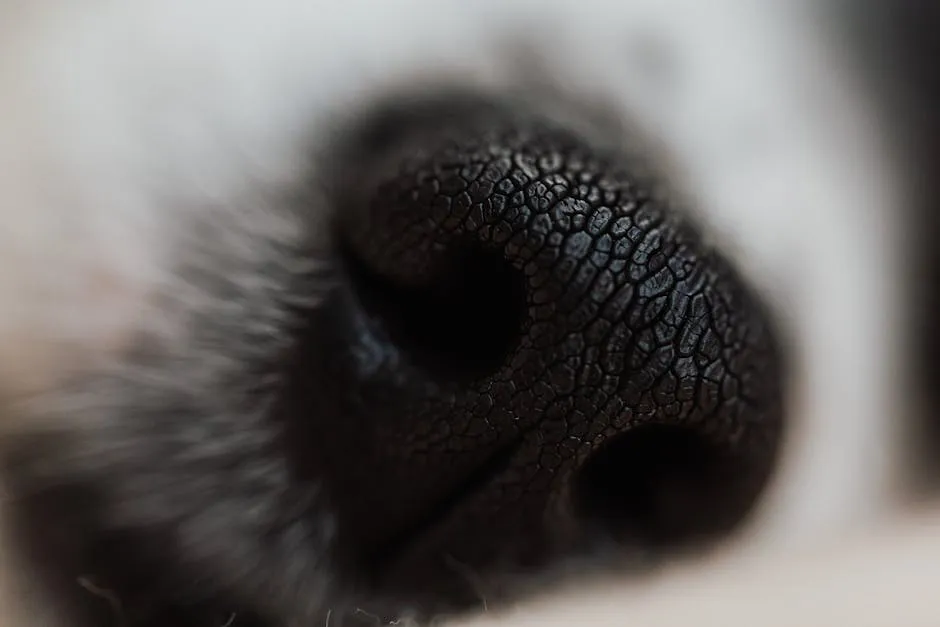
For a great dietary addition, check out Doggie Dailies Multivitamin for Dogs. These tasty vitamins provide essential nutrients to support skin health and overall well-being.
7. Autoimmune Diseases
Autoimmune diseases occur when a dog’s immune system mistakenly attacks its own skin cells. Conditions like pemphigus and lupus can lead to severe skin issues, including lesions and hair loss. Symptoms often include redness, scabbing, and chronic inflammation. These diseases can be challenging to diagnose, requiring thorough veterinary examination and testing. Treatment typically involves immunosuppressive medications to control the immune response. Your veterinarian may also recommend topical therapies to alleviate symptoms. Regular monitoring is crucial to manage these conditions effectively. If you suspect your dog has an autoimmune disease, seek veterinary care promptly for the best outcomes.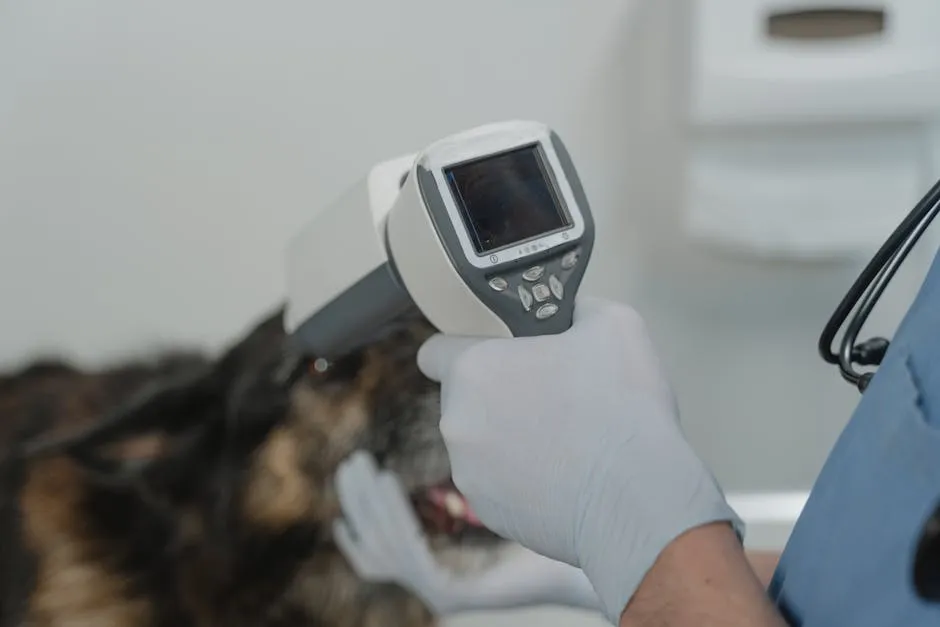
8. Skin Cancer
Skin cancer in dogs can manifest as lumps, sores, or patches on the skin. Common types include mast cell tumors and squamous cell carcinoma. Symptoms often include swelling, hair loss, and non-healing wounds. It’s essential to watch for changes in your dog’s skin and seek veterinary attention if you notice anything unusual. When diagnosed early, skin cancer may be treated successfully through surgical removal or other therapies like chemotherapy. Regular check-ups and monitoring are crucial for early detection. If you notice any concerning growths on your dog’s skin, don’t hesitate to consult your veterinarian for a proper diagnosis and treatment plan.
Diagnosis and Treatment
Veterinary Examination
When you suspect your dog has a skin issue, a veterinary examination is crucial. The vet will start with a thorough physical assessment. They’ll check your dog’s skin, coat, and overall health. The veterinarian may also ask about your pet’s behavior, diet, and any recent changes at home. This detailed history helps pinpoint potential causes. Providing information about when symptoms began is vital. Was there a change in diet or environment? Did your dog experience any new stressors? All these details guide your vet in making an accurate diagnosis and determining the best treatment.
Treatment Options
Treatment for dog skin conditions varies depending on the underlying cause. Common strategies include medications, special diets, and topical therapies. For allergies, vets often prescribe antihistamines or corticosteroids to reduce itching and inflammation. In cases of infections, antibiotics or antifungal medications may be necessary. Topical treatments, like medicated shampoos, can help soothe irritated skin and promote healing. Diet plays an essential role too. Some dogs benefit from hypoallergenic diets tailored to avoid specific allergens. Regular follow-up care is crucial. Monitoring your dog’s response to treatment ensures that adjustments can be made as needed. This proactive approach helps manage skin conditions effectively and keeps your pet comfortable.
To enhance your dog’s nutrition, consider Blue Buffalo Life Protection Formula Adult Dog Food. This high-quality food is designed to support your dog’s overall health, including their skin and coat!
Prevention and Care
Best Practices for Healthy Skin
Preventing skin conditions starts with good care practices. Regular grooming helps keep your dog’s coat clean and free from debris. This not only reduces the risk of infections but also allows you to spot any changes early. Bathing with appropriate shampoos can maintain skin health without stripping natural oils. Nutrition is another key factor. A balanced diet rich in omega-3 and omega-6 fatty acids promotes healthy skin and a shiny coat. Ensure your dog has access to fresh water to stay hydrated. Regular veterinary check-ups are essential for keeping your dog healthy. Your vet can recommend dietary adjustments and preventative measures to support skin health. By staying vigilant and proactive, you can help your dog maintain healthy skin and a happy life.
For a great grooming option, check out the Furminator deShedding Tool for Dogs. This tool helps reduce shedding and keeps your dog’s coat healthy, making grooming a much simpler task!
Conclusion
Being vigilant about dog skin conditions is crucial for your pet’s well-being. Early detection can prevent minor issues from becoming severe. Regularly check your dog’s skin for signs of irritation, redness, or unusual behavior. If you notice anything concerning, don’t hesitate to seek veterinary care. Timely intervention ensures a happier, healthier life for your furry friend. Remember, your dog’s comfort and health depend on your attentiveness and proactive care.FAQs
What are the most common dog skin conditions?
The most prevalent dog skin conditions include allergies and infections. Allergies often stem from environmental factors, food, or fleas. Skin infections can arise when bacteria or yeast overgrow, leading to discomfort and irritation.
How can I tell if my dog has a skin condition?
Look for signs such as persistent scratching, redness, hair loss, or unusual odors. If your dog seems uncomfortable or exhibits changes in behavior, these could indicate a skin problem requiring attention.
What should I do if my dog is scratching excessively?
First, check for fleas or irritants on your dog’s skin. Bathe them with a gentle, soothing shampoo. If the scratching persists or worsens, consult your veterinarian for a proper diagnosis and treatment plan.
Are certain breeds more prone to skin conditions?
Yes, some breeds are genetically predisposed to skin issues. For example, Labradors and West Highland White Terriers are more susceptible to allergies. Research your dog’s breed to understand potential risks.
What preventive measures can I take to avoid skin problems?
Maintain a balanced diet rich in omega fatty acids, regularly groom your dog, and schedule consistent vet check-ups. Keeping your dog’s environment clean can also help prevent skin issues.
How is a dog skin condition diagnosed?
Veterinarians typically conduct a thorough examination and take a detailed history of your dog’s symptoms. They might perform skin scrapings, allergy tests, or blood tests to identify the underlying cause.
Can skin conditions in dogs be treated at home?
Some mild conditions may be managed with home treatments, like soothing shampoos or dietary adjustments. However, if symptoms persist or worsen, it’s essential to consult a veterinarian for proper care.
Please let us know what you think about our content by leaving a comment down below!
Thank you for reading till here 🙂
All images from Pexels

